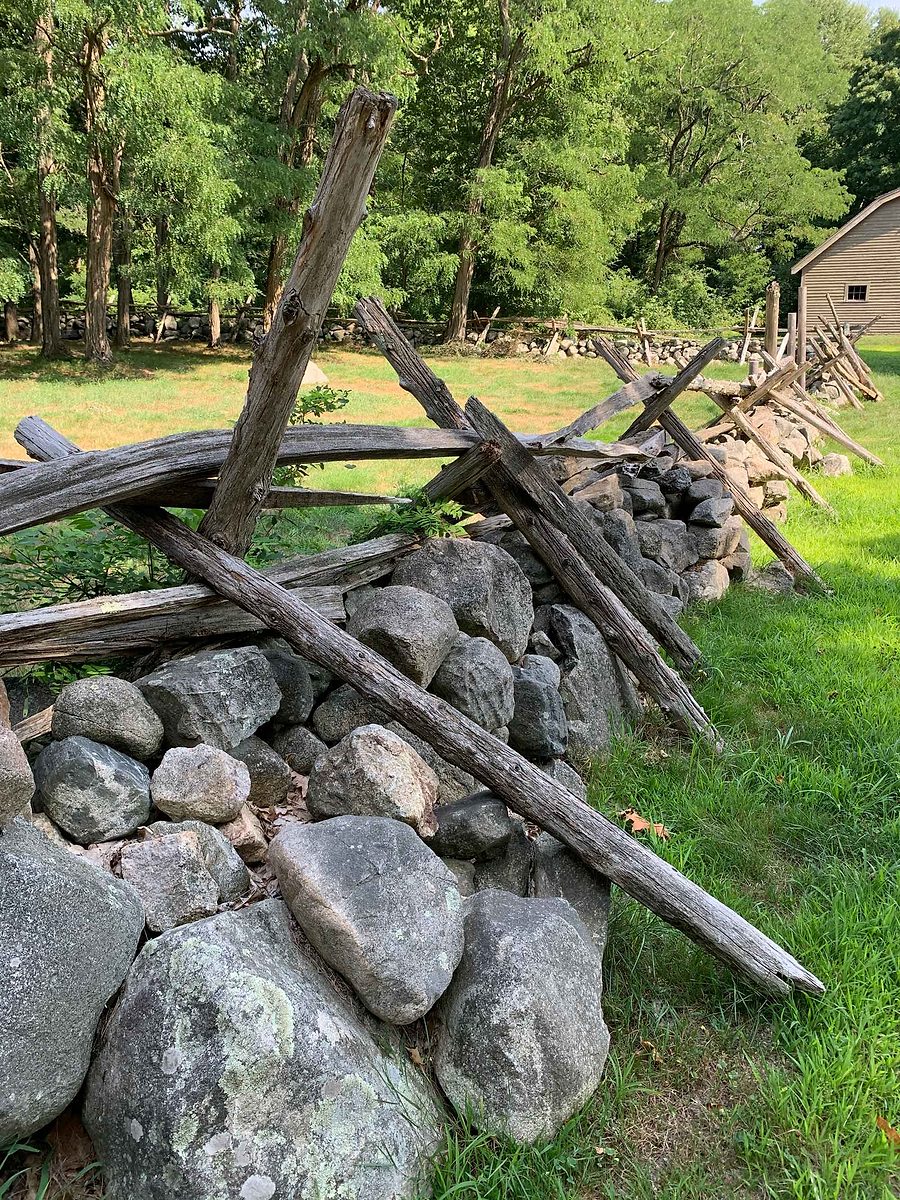When thinking of famous walls in history, what are the first that come to mind? The Great Wall of China, Hadrian’s Wall, and the Berlin Wall are all common answers. What about the stone walls at Minute Man National Historical Park? Those simple barriers might not be the first wall you think of, but their role in history is just as important as the more well-known walls.
Before glaciation, the Merrimack River continued its southward flow right over Concord. The rocks in our area are rounded thanks to the flow of that ancient river. Once glaciers mashed and molded the land as they receded, the Merrimack took a sharp turn in what is now Lowell and left a land full of rounded stones behind. These stones proved useful for Concordians.
After Europeans settled the town in 1635, the founding farmers worked the land. While tilling, they discovered fields full of stones. These stones were collected and used as boundaries to make the farmland more usable and give the natural material a purpose. The stone wall allowed the new residents to have a visual border for their property. As the area became more deforested, using the alternative and plentiful materials left behind by the receding glaciers was necessary.

Amos Doolittle’s Print III: The Engagement at the North Bridge
Perhaps the first famous image of a stone wall in American history is Amos Doolittle’s Print III: The Engagement at the North Bridge in Concord. The image shows three Redcoats on the Old Manse side of the rock wall while the rest of the Regular Army stretches out on the other side. Additionally, Ensign Jeremy Lister of the 10th Regiment of Foot mentions in his journal how the Colonists used the stone walls as cover during the battles of April 19, 1775. More recently, scholar Robert M. Thorson posited that the stone wall between the Old Manse and the North Bridge “is a touchstone for millions of people that visit.” The walls in the park are an overlooked but essential piece of history.
Visitors to the park often wonder if there are any walls that are original to the area. Yes. Some walls are as old as the Revolutionary War, some are older, and some are newer. Various land use over the years means that not all of the walls have original stones and not all of the walls are original. Thorson noted in a talk he gave to the Friends of Minute Man National Historical Park that at least one rock at the bottom of a wall on Battle Road has a mark that shows it was cut with a steam drill bit. Accordingly, more studies need to occur before stating what portions of the park’s walls are older than others.
Next time you visit Minute Man National Historical Park, take a second glance at walls you may have overlooked before. The stone walls were property borders, offered cover for the Colonists, and were silent witnesses to a new nation’s beginning. Unlike other historical walls, Minute Man National Historical Park’s stone walls are an expected part of the landscape with an unexpected history.
Sources:
Lister, Jeremy. Concord Fight: Being the Narrative of the Tenth Regiment of Foot During the Early Months of the Siege of Boston Kessinger’s Legacy Reprints. Harvard University Press: Cambridge, MA, 1931.
Thorson, Robert M. Stone by Stone: The Magnificent History in New England’s Stone Walls Bloomsbury: New York, 2002.
Thorson, Robert M. “Stone Walls of Minute Man National Park” Friends of Minute Man Winter Lecture, Zoom, February 27, 2021.


